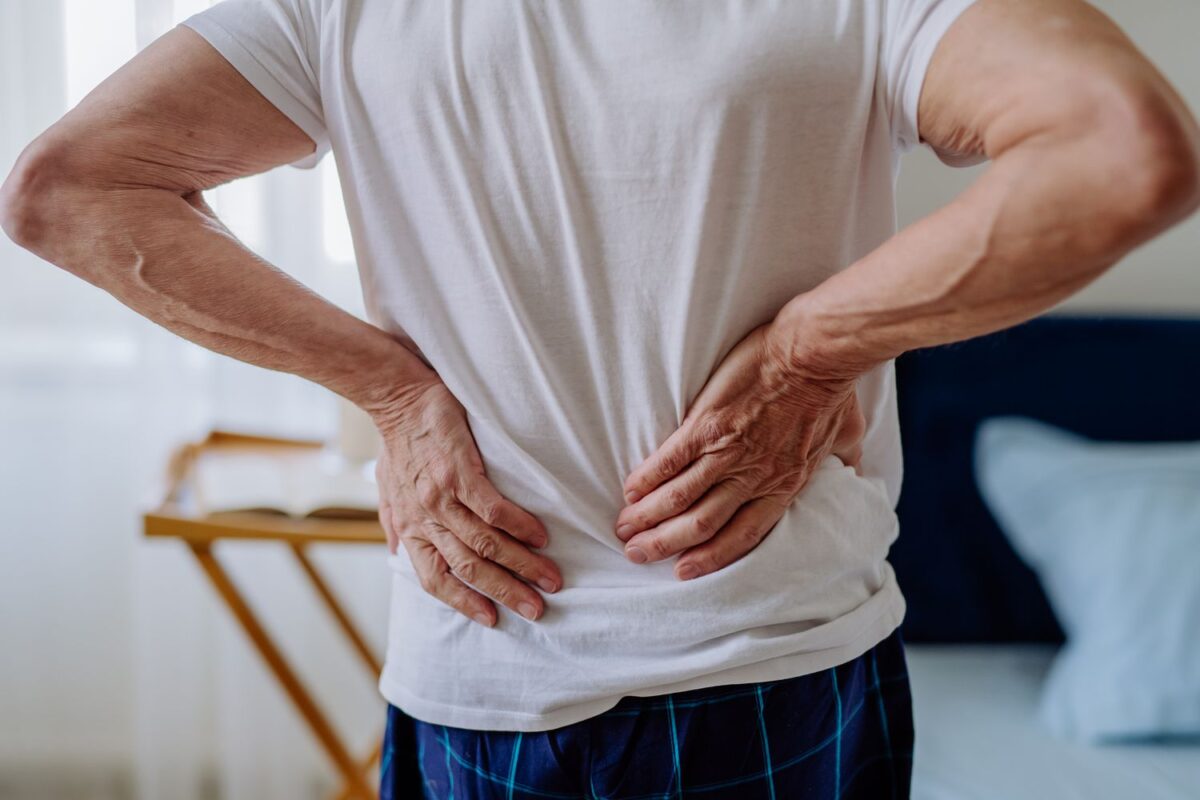Gaining popularity as a versatile treatment option in wellness and healthcare, red light therapy (RLT) offers numerous benefits for various health concerns. With its ability to harness the power of light, RLT offers a non-invasive solution for a range of health issues. This article explores the science behind RLT, its numerous health benefits, and practical ways to incorporate it into your wellness routine.
What is Red Light Therapy?
RLT is a treatment that uses low-level wavelengths of red light to promote healing and various health benefits. This technology is based on the principle that certain wavelengths of light can penetrate the skin and stimulate cellular function. Originally developed for space missions to enhance wound healing, RLT has evolved into a widely used therapeutic technique.
How It Works
It works by delivering light energy to the cells, stimulating the mitochondria, which are often referred to as the powerhouses of the cell. This process increases adenosine triphosphate (ATP) production, leading to enhanced cellular energy, improved metabolism, and accelerated healing processes.
Types of RLT Devices
There are various devices available, including:
- Handheld devices: Portable and easy to use at home.
- LED panels: Larger units designed for full-body treatments.
- Face masks: Targeted treatments for facial rejuvenation.
- Saunas: Incorporating red light for a holistic approach.
Health Benefits of RLT
It offers an array of health benefits that span skin health, pain management, muscle recovery, hair growth, and mental well-being.
1. Skin Health
RLT has gained acclaim for its effectiveness in improving skin health.
- Reducing Wrinkles and Fine Lines: RLT stimulates collagen production, helping to restore skin elasticity and reduce signs of aging.
- Treating Acne and Scarring: The anti-inflammatory properties of RLT can help reduce acne and improve the appearance of scars.
- Promoting Wound Healing: RLT accelerates the healing process for cuts, burns, and surgical wounds.
2. Pain Relief
Chronic pain can be debilitating, but RLT may offer relief.
- Chronic Pain Conditions: RLT has shown promise in alleviating conditions such as arthritis and fibromyalgia.
- Evidence Supporting Efficacy: Numerous studies indicate that RLT can effectively reduce inflammation and promote tissue repair.
- Applications for Sports Injuries: Athletes have turned to RLT for recovery from sports-related injuries, finding it beneficial for pain management.
3. Muscle Recovery and Performance
For athletes and fitness enthusiasts, it can play a significant role in muscle recovery.
- Enhancing Recovery Post-Exercise: RLT aids in reducing muscle soreness and speeding up recovery times.
- Improving Athletic Performance: Some studies suggest that regular RLT can enhance endurance and overall performance.
- Testimonials from Athletes: Many athletes report improved performance and faster recovery times with regular use of RLT.
4. Hair Growth
RLT is gaining attention for its positive effects on hair loss.
- Impact on Hair Loss and Thinning: RLT promotes blood circulation to hair follicles, encouraging regrowth.
- Mechanism of Action: The therapy stimulates cellular repair and regeneration, essential for healthy hair growth.
- Successful Case Studies: Numerous users have reported visible improvements in hair density and thickness.
5. Mood and Sleep Improvement
The benefits of the therapy extend to mental health and sleep quality.
- Influence on Mood Disorders: RLT has been studied for its potential to alleviate symptoms of depression and anxiety.
- Improving Sleep Quality: Exposure to red light may help regulate circadian rhythms, leading to better sleep patterns.
- Relevant Studies and Findings: Research indicates that RLT can positively impact serotonin levels, promoting feelings of well-being.
How to Use Red Light Therapy
Incorporating RLT into your routine is straightforward, whether you opt for at-home devices or professional treatments.
At-Home Devices vs. Professional Treatments
- Convenience and Cost: At-home devices offer flexibility and cost-effectiveness for regular use. Professional treatments may be beneficial for more intensive therapy.
- When to Consider Professional Treatments: Consult with a healthcare provider if you have specific health concerns or require specialized care.
Recommended Usage Guidelines
- Optimal Duration and Frequency: Most RLT sessions last between 10 to 30 minutes, with 2 to 3 sessions per week being ideal for noticeable results.
- Safety Precautions: Always follow the manufacturer’s guidelines and consult a professional if you have skin sensitivities or underlying health conditions.
Scientific Research and Evidence
Numerous studies support the effectiveness of RLT across various applications.
- Summary of Key Studies: Research highlights the benefits of RLT in treating skin conditions, reducing pain, and promoting muscle recovery.
- Ongoing Research and Future Directions: As interest in RLT grows, more studies are exploring its potential applications in various medical fields.
- Controversies and Limitations: While generally considered safe, some concerns regarding the long-term effects of RLT warrant further investigation.
Conclusion
Red light therapy presents a myriad of health benefits that can enhance well-being and support recovery. With its non-invasive nature and versatility, RLT is becoming a vital tool in wellness and healthcare. Whether you’re seeking to improve skin health, relieve pain, or enhance muscle recovery, RLT is worth considering as part of your holistic wellness approach.







